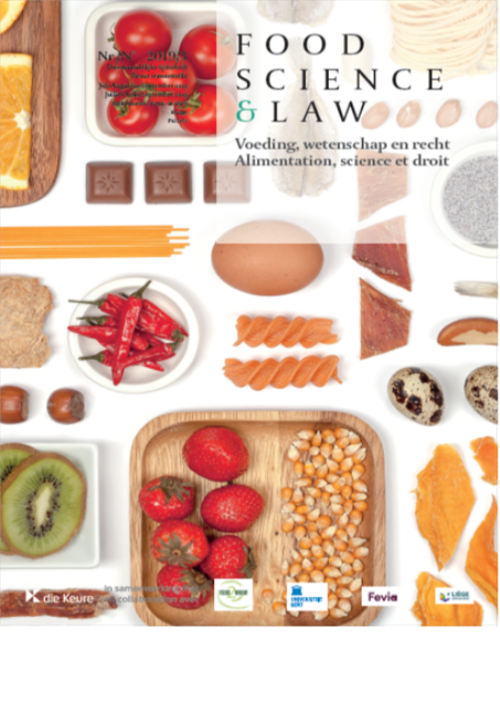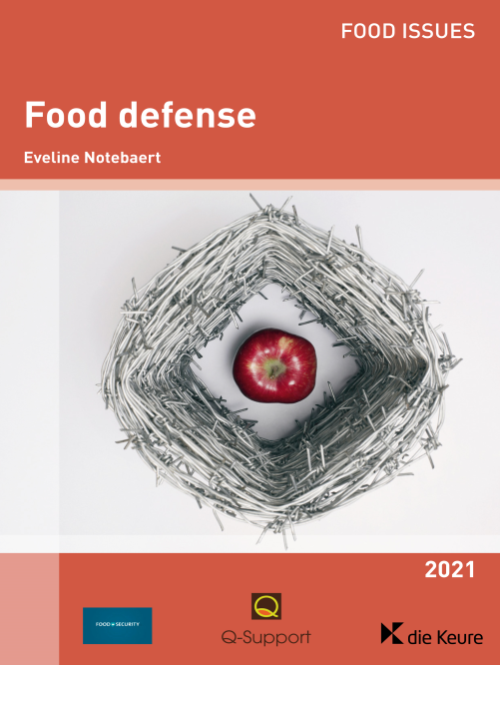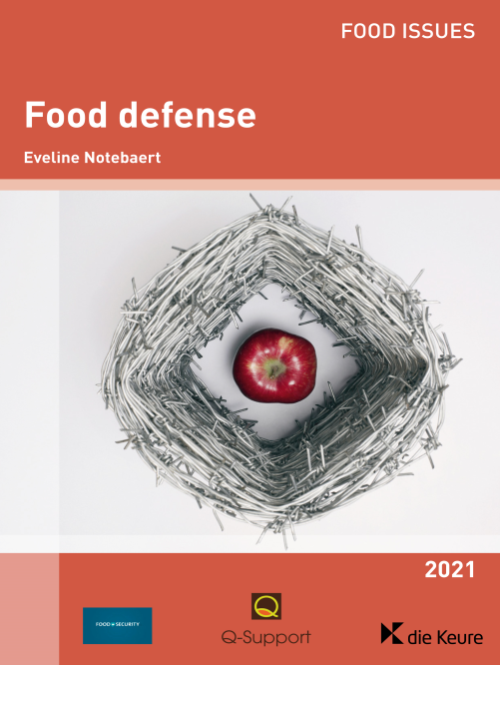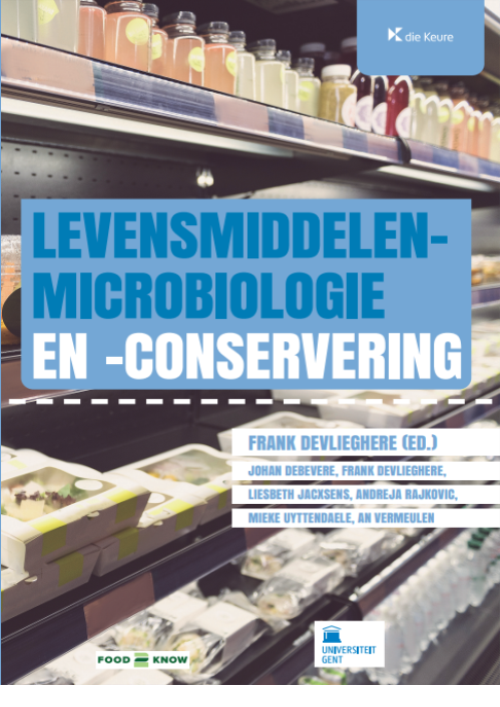
Microbiological Guidelines (e-book)
Food should be tasty, healthy, sustainable and preferably not too expensive. But food should also be safe and with sufficient guarantees on maintaining good quality aspects until the end-of-shelf life. The various actors in the food supply chain have an interest in verifying the expected quality and safety by means of microbiological analyses of food. Measurement brings knowledge and microbiological guidelines help in the decision-making process for judging the acceptability of food or food production processes.
The present handbook provides microbiological guidelines and current applicable EU legal criteria (status 1.1.2018) for a wide range of food categories (dairy, meat, seafoods, plant-based foods, bakery products, composite foods, shelf-stable food, water) and subcategories therein, based upon the type of food processing and intrinsic characteristics of the foods.
This book can be consulted to provide quick answers on the expected microbiological contamination of foodstuff. It can help in interpretation of test results in assessing good (hygienic) practices in the production of food, determining the shelf life and ensuring food safety.
The handbook also presents definitions of the wide variety of foodstuffs available and some reflections on, in particular, food safety issues or the on-going debate for some food items in assessing microbial quality. Furthermore, dedicated chapters deal with basic information on the various microbial parameters useful in testing of foods, sampling is discussed, and the set-up of challenge testing as a tool to assess food safety is elaborated upon.
€67,99
Auteurs
Inhoud
I. Microbiological parameters to be used in testing of foods
1. Microbiological quality indicators / spoilage organisms
2. Hygiene indicators
3. Food-borne pathogens
II. Sampling
1. Sampling and testing: what are the objectives?
2. Sampling for batch control
3. Sampling as part of baseline studies, monitoring and surveillance
4. Risk-based sampling approaches for monitoring or surveillance
5. Sampling in the framework of validation and verification of quality management system (QMS) and/or food safety management systems (FSMS)
6. Sampling of the production/processing environment
7. Concluding remarks on sampling and testing
III. Challenge testing / Durability studies
1. Some definitions
2. Relevant EU legislation: EU Regulation No. 2073/2005
3. Approach to conduct studies on growth potential of L. monocytogenes
4. General considerations for setting up studies to determine the behaviour of L. monocytogenes in RTE foods
5. Challenge test on other microorganisms than L. monocytogenes
6. General conclusion
IV. Microbiological Guidelines: support for interpretation of microbiological test results of foods
1. Some definitions
2. Microbiological guidelines and legal criteria
3. FMFP-UGent microbiological guidelines for interpretation of test results
CATEGORY 1: Milk, dairy and egg products
1. Some definitions
2. Some reflections
3. Microbiological guidelines
CATEGORY 2: Meat and meat products
1. Some definitions
2. Some reflections
3. Microbiological guidelines
CATEGORY 3: Molluscs, crustaceans, fish and fishery products
1. Some definitions
2. Some reflections
3. Microbiological guidelines
CATEGORY 4: Plant-based products
1. Some definitions
2. Some reflections
3. Microbiological guidelines
CATEGORY 5: Bakery products, chocolate, confectionery, sweet spreads
1. Some definitions
2. Some reflections
3. Microbiological guidelines
CATEGORY 6: Composite foods (Ready-to-eat and non Ready-to-eat)
1. Some definitions
2. Some reflections
3. Microbiological guidelines
CATEGORY 7: Shelf-stable foods
1. Some definitions
2. Some reflections
3. Microbiological guidelines
CATEGORY 8: WATER USED IN FOOD PRODUCTION / FOOD PROCESSING
1. Some definitions
2. The requirements on water (supply) in food production/food processing
3. Microbiological guidelines
Volledige omschrijving
Food should be tasty, healthy, sustainable and preferably not too expensive. But food should also be safe and with sufficient guarantees on maintaining good quality aspects until the end-of-shelf life. The various actors in the food supply chain have an interest in verifying the expected quality and safety by means of microbiological analyses of food. Measurement brings knowledge and microbiological guidelines help in the decision-making process for judging the acceptability of food or food production processes.
The present handbook provides microbiological guidelines and current applicable EU legal criteria (status 1.1.2018) for a wide range of food categories (dairy, meat, seafoods, plant-based foods, bakery products, composite foods, shelf-stable food, water) and subcategories therein, based upon the type of food processing and intrinsic characteristics of the foods.
This book can be consulted to provide quick answers on the expected microbiological contamination of foodstuff. It can help in interpretation of test results in assessing good (hygienic) practices in the production of food, determining the shelf life and ensuring food safety.
The handbook also presents definitions of the wide variety of foodstuffs available and some reflections on, in particular, food safety issues or the on-going debate for some food items in assessing microbial quality. Furthermore, dedicated chapters deal with basic information on the various microbial parameters useful in testing of foods, sampling is discussed, and the set-up of challenge testing as a tool to assess food safety is elaborated upon.
Anderen bekeken ook
Blijf op de hoogte van relevante informatie, recente publicaties en opleidingen.
Schrijf u in op onze nieuwsbrief.
Nieuwsberichten
Blijf op de hoogte van de laatste ontwikkelingen en nieuwe updates.














